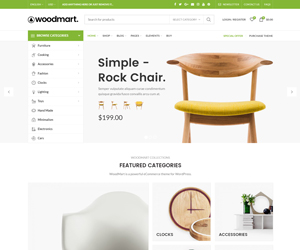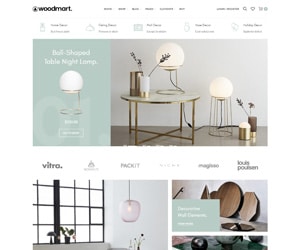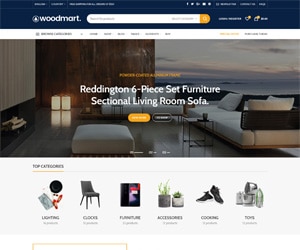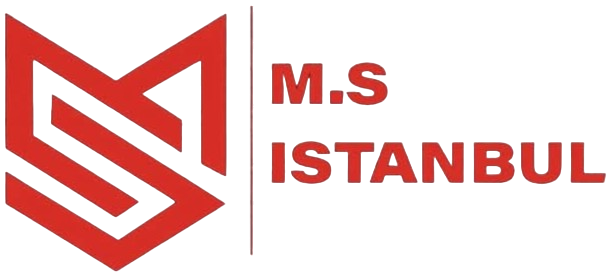How Ancient Myths Shape Modern Accessibility Standards
Throughout history, ancient myths have served as powerful cultural narratives that encode societal values, collective fears, aspirations, and moral lessons. These stories, often originating from diverse civilizations, have influenced not only art and literature but also the frameworks through which communities understand inclusion, protection, and resilience. As modern society strives to create more inclusive environments, it is enlightening to explore how these mythological themes continue to underpin contemporary accessibility standards, guiding design principles and technological innovations.
This article aims to connect the timeless narratives of ancient myths with current efforts to foster accessibility, illustrating how archetypes and symbolic themes from mythology inform and inspire modern inclusive practices. By understanding this link, designers, policymakers, and technologists can develop solutions rooted in cultural storytelling, enriching their approach to creating equitable environments for all.
- The Foundations of Accessibility Standards: Historical and Cultural Roots
- Mythological Archetypes and Their Modern Interpretations in Accessibility
- Cross-Cultural Mythological Themes and Their Impact on Design Philosophy
- Case Study: Le Zeus and the Embodiment of Myth in Modern Accessibility
- Non-Obvious Influences: Myths as Drivers of Technological Innovation in Accessibility
- Challenges and Opportunities in Incorporating Mythology into Accessibility Standards
- Conclusion: The Ongoing Dialogue Between Myth and Modern Accessibility
The Foundations of Accessibility Standards: Historical and Cultural Roots
Accessibility, defined as the design of products, environments, and services that are usable by all people, regardless of ability, has deep historical roots. Ancient myths often reflect early notions of inclusion and protection, embodying societal ideals of safeguarding vulnerable populations. For example, in Greek mythology, the gods’ interactions with mortals often symbolized the importance of compassion and inclusion, setting cultural precedents for societal norms.
Mythological symbols such as the protective shield of Athena or the nurturing aspect of figures like Demeter evoke themes of safeguarding and support. These symbols have influenced contemporary principles of universal design, emphasizing that environments and technologies should serve a diverse range of users. Modern accessibility standards, such as the Web Content Accessibility Guidelines (WCAG), echo these ancient values by promoting inclusivity and equal access.
Mythological Archetypes and Their Modern Interpretations in Accessibility
The Universal Thunder Deity: Power and Reassurance
Thunder gods like Zeus in Greek mythology or Thor in Norse myth symbolize immense power and authority. In modern accessibility, these archetypes inspire the design of assistive technologies that empower users, providing reassurance and control. For instance, the visual metaphor of lightning is often used in UI design to denote power or activation, as seen in icons for emergency alerts or energy-efficient features.
Pegasus and Flight: Overcoming Barriers and Achieving Freedom
The winged horse Pegasus represents aspiration, freedom, and transcendence. Modern mobility aids, such as powered wheelchairs or assistive exoskeletons, draw inspiration from Pegasus’s symbolism, embodying the overcoming of physical barriers. Furthermore, concepts like “digital flight”—enabling seamless navigation for users with disabilities—mirror this mythic theme of liberation through technology.
Egyptian “Sticky Respins” and Perseverance as a Metaphor for Adaptive Technologies
Although less well-known, Egyptian mythology often emphasizes perseverance and resilience, qualities essential for developing adaptive technologies. The myth of Osiris’s rebirth, for example, symbolizes renewal and persistence, inspiring innovations that allow users to adapt to evolving environments. Assistive devices that learn and adapt, such as AI-driven speech recognition or customizable interfaces, embody this mythic resilience, ensuring sustained accessibility.
Cross-Cultural Mythological Themes and Their Impact on Design Philosophy
Across different cultures, storm gods like Indra (Hindu), Tlaloc (Aztec), and Zeus (Greek) share themes of resilience and control over natural forces. These deities symbolize strength in facing adversity, a core principle in resilient design. For example, assistive technologies often incorporate themes of control and mastery—such as customizable interfaces or adaptive feedback—drawing from these mythic symbols of resilience.
Mythic creatures like Pegasus inspire assistive mobility devices by embodying grace and strength, encouraging designers to create solutions that facilitate movement and independence. Globally, narratives of inclusion and protection shape inclusive design principles, emphasizing universal usability regardless of cultural background.
An illustrative example is the adaptation of mythic symbols into user-centered design, promoting an approach that considers diverse cultural backgrounds while maintaining universal accessibility goals.
Case Study: Le Zeus and the Embodiment of Myth in Modern Accessibility
Modern design solutions often draw on mythic themes to enhance user experience. meter reward exemplifies this approach by integrating mythological symbolism inspired by thunder gods—conveying power, reliability, and reassurance—into its interface. As a contemporary illustration, Le Zeus embodies the enduring influence of mythic archetypes, demonstrating how cultural narratives can inform accessible and engaging design.
By incorporating familiar mythic themes, designers can create intuitive solutions that resonate emotionally with users, fostering inclusivity and trust. Such design not only enhances usability but also educates users about the cultural significance of resilience and strength in overcoming barriers.
Non-Obvious Influences: Myths as Drivers of Technological Innovation in Accessibility
Many design metaphors rooted in myth have evolved into foundational elements of modern technology. For example, lightning symbolizes power and energy, inspiring visual cues in interfaces for efficiency or alerts. Flight metaphors—such as “flying to” a new feature—embody freedom and ease of navigation, guiding user interface design.
Mythic storytelling shapes the subconscious blueprints for resilient, adaptive solutions. The myth of Icarus, for example, warns of overreach, encouraging designers to balance innovation with safety. Such narratives foster a culture of resilience, prompting ongoing innovation to meet diverse accessibility needs.
Challenges and Opportunities in Incorporating Mythology into Accessibility Standards
While myth-inspired design offers rich symbolism, it also presents challenges. Cultures have diverse mythologies, and some symbols may carry sensitive or conflicting meanings. Designers must navigate these cultural sensitivities carefully to ensure inclusivity without appropriation or misrepresentation.
Ensuring that myth-inspired solutions remain universally comprehensible is crucial. For instance, universal symbols like the wheelchair icon have achieved global recognition, whereas more specific mythic references may require contextual explanation. Opportunities for future innovation include exploring lesser-known myths that can inspire novel accessibility solutions, enriching the cultural tapestry of design.
Conclusion: The Ongoing Dialogue Between Myth and Modern Accessibility
“Ancient myths are more than stories; they are blueprints for resilience, inclusion, and human ingenuity. Integrating these narratives into modern standards enriches our collective effort to build a society where everyone can thrive.” — Anonymous
As this exploration illustrates, ancient myths continue to inform and inspire the development of accessibility standards. Embracing storytelling as a guiding principle can foster innovative, culturally sensitive, and universally inclusive solutions. Policymakers and designers are encouraged to draw from these rich cultural narratives, ensuring that the ongoing dialogue between myth and modern technology shapes a more equitable future for all.














